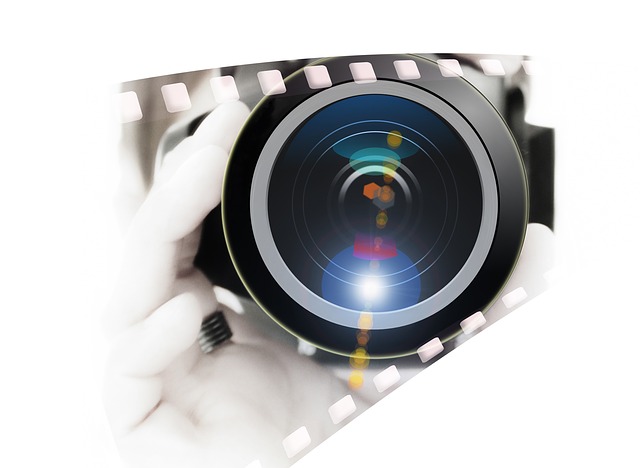Introduction
In the world of acting, the camera is a formidable partner. It captures nuances, subtleties, and emotions that can make or break a performance. For actors transitioning from stage to screen or honing their craft exclusively for the camera, there’s a unique set of challenges to navigate. Let’s delve into six key points that illuminate the complexities of camera acting and how performers can master them.
Table of contents
1. Understanding Framing and Composition
Unlike the stage, where actors are often visible in full view, the camera frames the action. Understanding framing and composition is essential for camera actors. They must grasp how different shots close-ups, medium shots, or wide shots affect their performance and adjust accordingly. This awareness enables them to modulate their expressions, body language, and energy levels to suit the shot size and composition, ensuring their performance remains compelling within the visual frame.

2. Mastering Eye Line and Eyeline Matching
Maintaining consistent eye lines is crucial in camera acting. Unlike the theater, where actors play to a live audience, on-screen performers must direct their focus to the camera or their scene partner’s eyeline, depending on the shot. Moreover, eyeline matching a technique where actors maintain consistent eye contact in a scene despite multiple takes and camera angles—adds to the realism of the performance. Mastery of these techniques demands acute awareness of camera placement and a keen understanding of character dynamics.
3. Harnessing Emotional Authenticity
In camera acting, subtlety reigns supreme. Performers must convey complex emotions with nuance, often relying on subtle facial expressions and gestures. Unlike the stage, where larger-than-life emotions may be necessary to reach the back row, on-screen acting demands authenticity and restraint. Actors must tap into their emotional reservoirs to convey depth without overplaying their hand, striking a delicate balance between naturalism and dramatic impact.
4. Adapting to Technical Constraints
The technical aspects of filmmaking impose constraints on actors that may not exist in live theater. Continuity, for instance, requires actors to replicate their performances seamlessly across multiple takes, often shot out of sequence. Moreover, actors must contend with lighting, sound equipment, and camera movements that can influence their performance. Adapting to these technical constraints while maintaining artistic integrity is a hallmark of skilled camera acting.
5. Embracing Intimacy and Vulnerability
The camera’s intimacy exposes every nuance of an actor’s performance, leaving no room for pretense. Camera actors must embrace vulnerability, allowing themselves to be emotionally naked before the lens. This vulnerability fosters authentic connections with the audience, drawing them into the character’s world and eliciting empathy. It’s this raw, unfiltered portrayal of human emotion that distinguishes exceptional camera acting from mere recitation of lines.

6. Collaboration and Adaptability
Camera acting is a collaborative endeavor that requires actors to adapt to the director’s vision, fellow cast members, and the ever-changing demands of the production. Flexibility is key as actors must be prepared to adjust their performance on the fly, responding to direction, feedback, and unforeseen circumstances. Cultivating a spirit of collaboration fosters trust and camaraderie on set, enhancing the overall quality of the production.
conclusion
navigating the challenges of camera acting demands a multifaceted approach that encompasses technical skill, emotional depth, and collaborative spirit. By mastering framing and composition, eye line and eyeline matching, emotional authenticity, technical adaptability, vulnerability, and collaboration, actors can deliver compelling performances that resonate with audiences long after the cameras stop rolling. As the cinematic landscape evolves, so too must the skills of the camera actor, adapting to new technologies and storytelling techniques while remaining true to the timeless art of performance.
